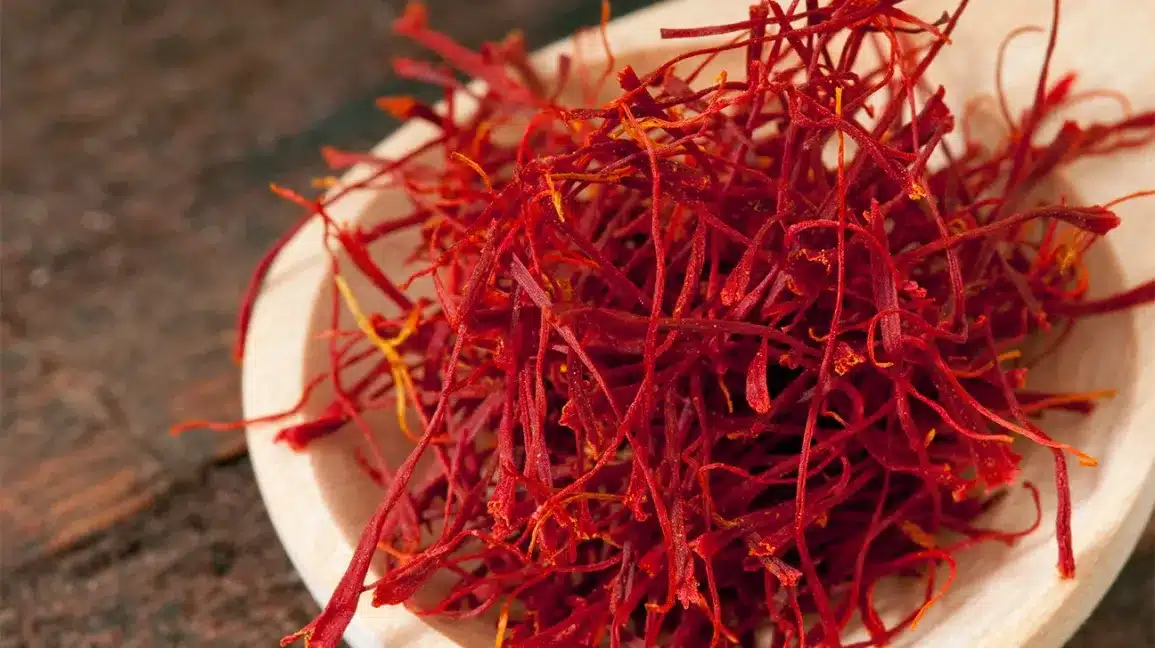Saffron is one of the most expensive spices in the world, and for a good reason. It is prized for its unique flavor, aroma, and health benefits. However, with a high price tag, saffron is often the target of fraud. Fake saffron is prevalent in the market today and can harm both consumers’ pockets and health. In this blog post, we explore how to identify fake saffron and avoid falling for this scam.
1. Check for Artificial Coloring:
Fake saffron will often contain artificial food coloring that gives it a yellow-orange hue. In contrast, real saffron is naturally reddish-brown and will add a deep golden color to any food. When purchasing saffron, it is essential to check the appearance of the threads. Real saffron threads have a deep red color that fades to orange at the tips. If the threads have a uniform yellow color, it is a sign that the saffron is fake.
2. Smell the Aroma:
Saffron has a unique, aromatic smell that can help detect fake saffron. Real saffron has a subtle, flowery aroma that can be detected when the threads are crushed between the fingers. Fake saffron threads, on the other hand, have a faint or no smell at all. A strong, bitter, or musty scent may also indicate fake saffron.
3. Test for Authenticity with Water:
To test saffron’s authenticity, soak a small amount of the threads in lukewarm water. Real saffron should slowly begin to release its color and flavor, and the water will turn pale yellow. In contrast, fake saffron will immediately emit its color and flavor, turning the water deep yellow or orange.
4. Compare the Price:
Saffron’s high price is a result of its unique processing method. Real saffron threads are handpicked from the saffron crocus flower, which is a labor-intensive process. If the price of saffron is significantly lower than usual, there is a high likelihood that it is fake saffron. If it seems too good to be true, it probably is.
5. Purchase from a Reputable Source:
The best way to ensure you are purchasing real saffron is to buy from a trusted, reputable source. Look for vendors who specialize in saffron and have a well-established reputation. Don’t hesitate to ask questions about their saffron’s sourcing, processing, and testing methods. Fake saffron may be prevalent in the market, but by knowing how to identify it, consumers can protect themselves from this fraud. Checking for artificial coloring, aroma, testing authenticity with water, comparing the price, and purchasing from a reputable source are all critical elements to avoid being fooled by fake saffron. Remember, the high price of saffron is justified by its unique flavor, aroma, and health benefits, making it a valuable investment for any kitchen.
Kesar is the most important ingredient of sweets and puddings in India. We all know that kesar is very costly, so when y...
Continue reading



